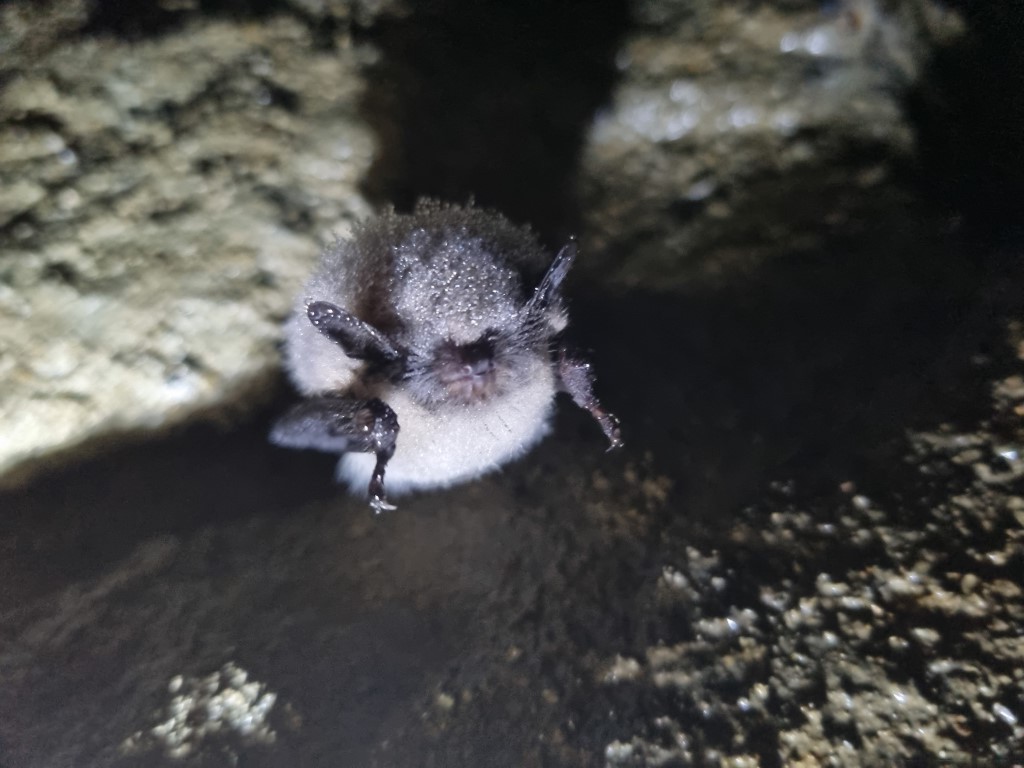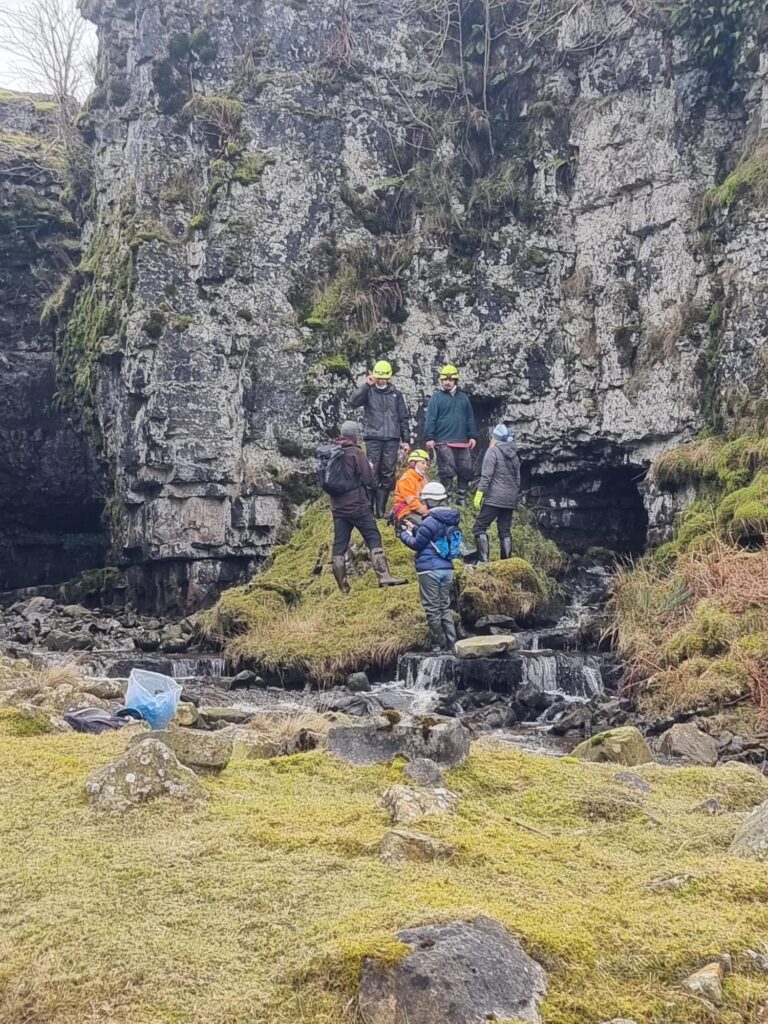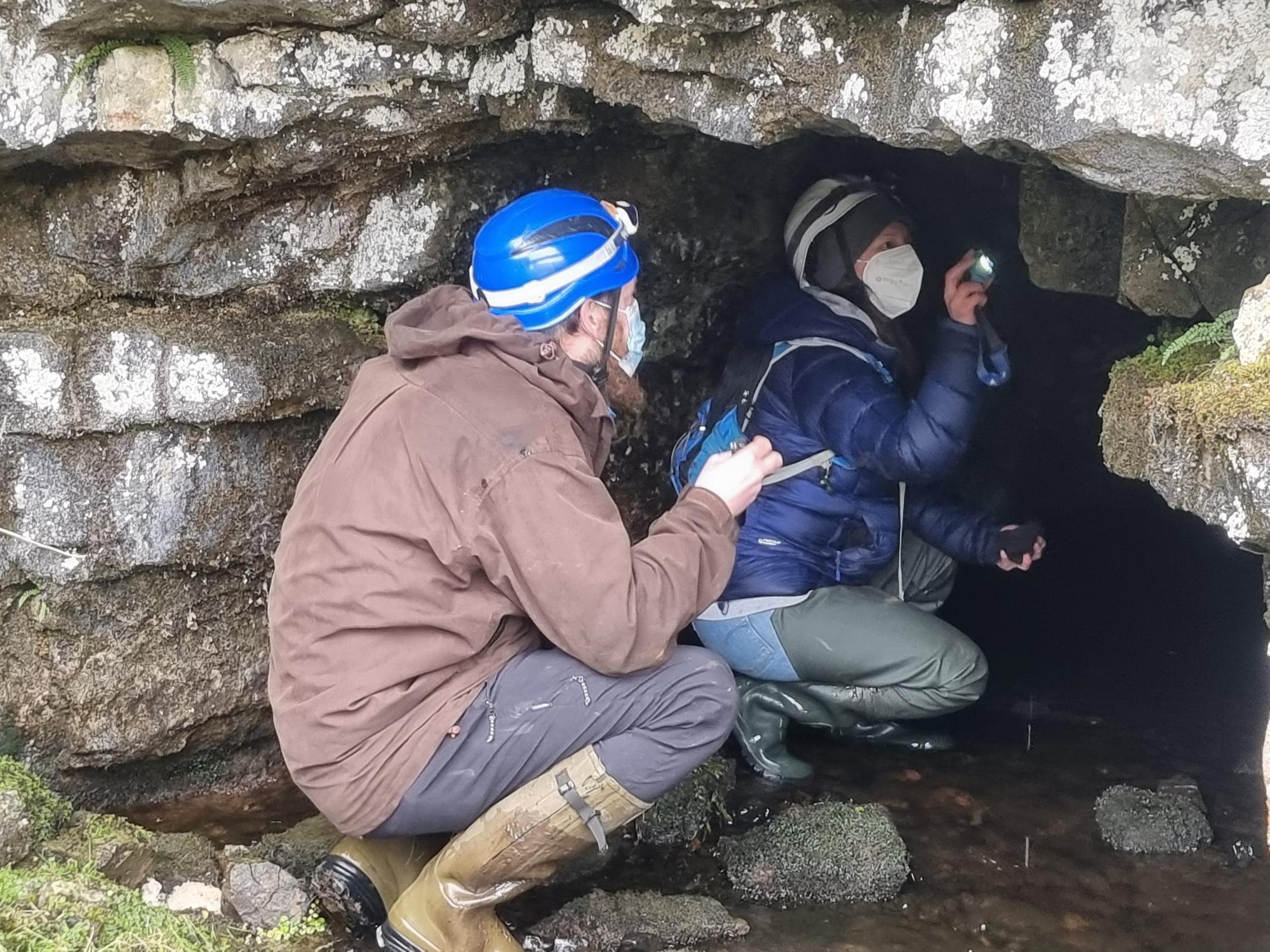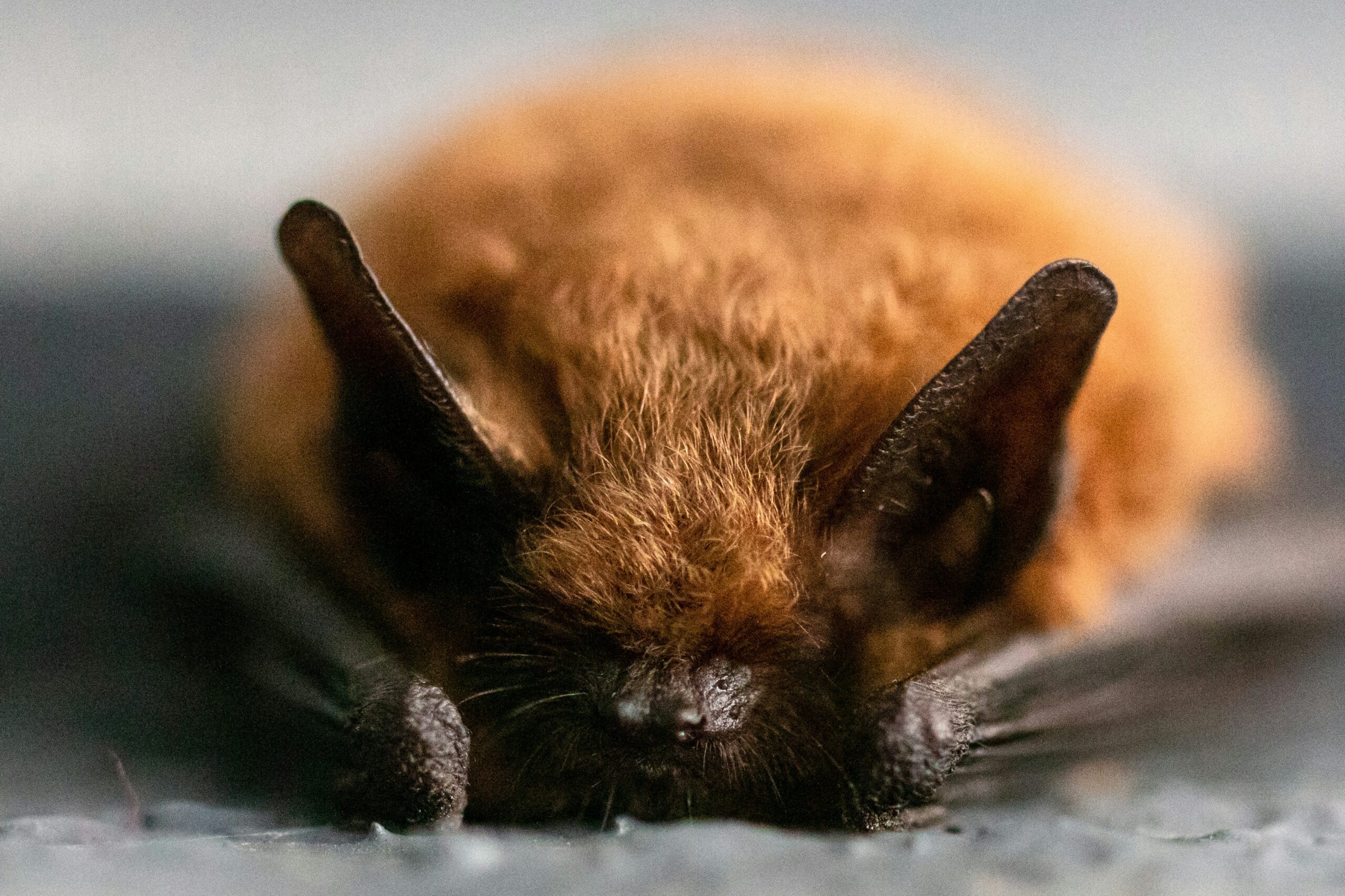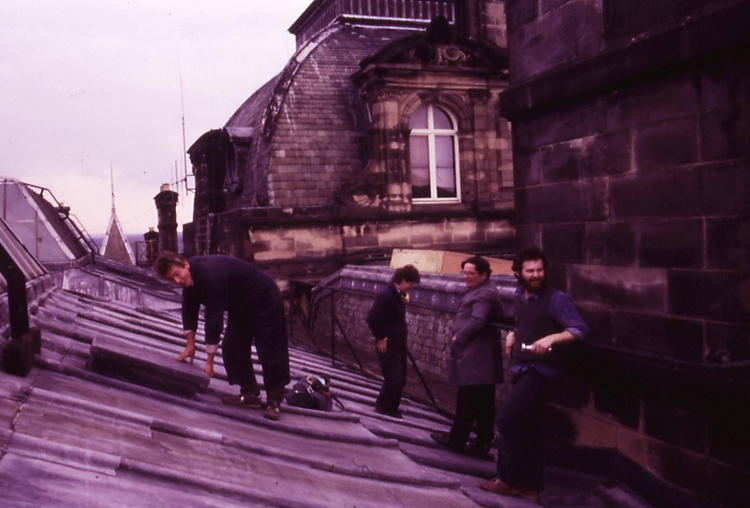Bats feed on insects which are less plentiful in the winter, therefore bats hibernate to save energy when food is not available. They enter a state called ‘Torper’ which means a reduced body temperature. Bats will wake up from torper to move roosts if the environment becomes unsuitable, drink, urinate, mate or feed if food becomes available. This is why bats are sometimes still seen in winter. As well as long periods between October and April, bats can enter into short periods of torper on a daily basis to save energy at any time of year.
During hibernation the heart rate can drop to around 20 beats per minute (as opposed to 900 bpm when feeding) and the breathing rate is reduced, sometimes to approx. 5 breaths per minute. Their body temperature falls to the temperature of their environment. This all saves energy; however a bat will still lose a third of its body weight over winter. It has special fat reserves that can be rapidly deployed to warm up the bat. A bat coming out of torper will tremble as part of this process. Female bats are likely to have already mated and hold stored sperm ready to fertilise when the time is optimum in Spring. They may also mate on short awakenings in winter.
This makes hibernation a very vulnerable time for bats. If they are disturbed and use energy to warm up and then cannot feed, they may not have enough reserves to see them through winter and die.
Different bat species hibernate in different types of hibernation roosts. A classic site is underground in a cool, damp place such as a mine or cave. Some bats hibernate in tree holes. Pipistrelles, the most common bat are a bit of a mystery. They are found in crevices of buildings, bridges and even in expansion joints between concrete in high rise flats.
The bats have evolved this sophisticated process to survive the winter. They also need to be somewhere they will not be predated upon at such a vulnerable time, hence why they are so hard to find. Hibernation surveys are important to gain knowledge so that we know how to protect bats during this important period of their lifecycle, but they are notoriously difficult to carry out because the bats are well hidden and do not show up on thermal devices as they would in the summer months.
Because the bats are so vulnerable at this time, anyone surveying them must be led by a person who holds a level two bat licence. Covid tests are carried out before doing a survey and masks are worn to prevent infecting bats in closed spaces.
In the spring of 2023, Alistair of Durham Bats organised 3 hibernation surveys. These were in caves and mine adits in Weardale and Teesdale. In one of the mine adits we came across Whiskered/Brandts and Daubenton’s bats hibernating.


